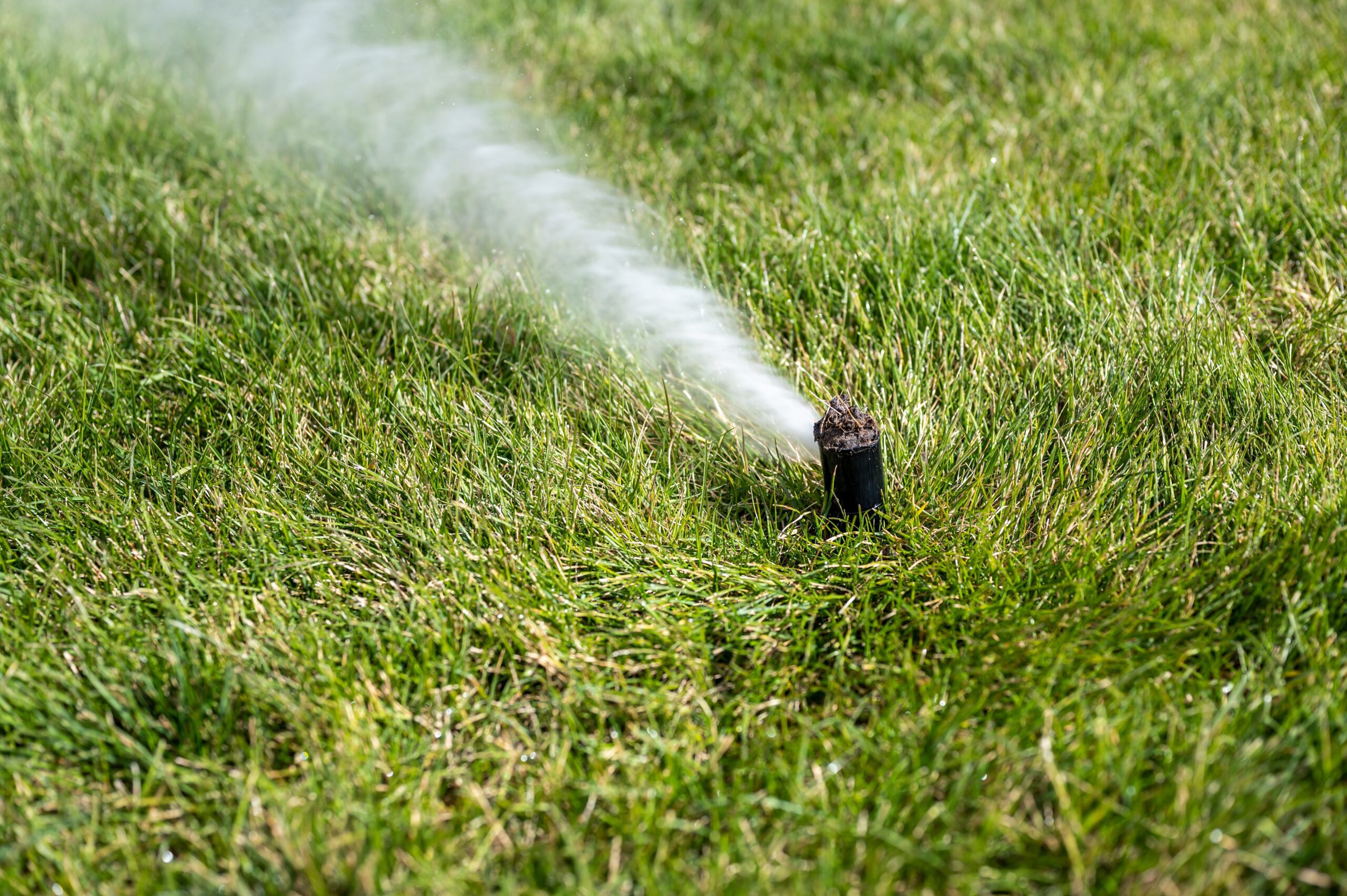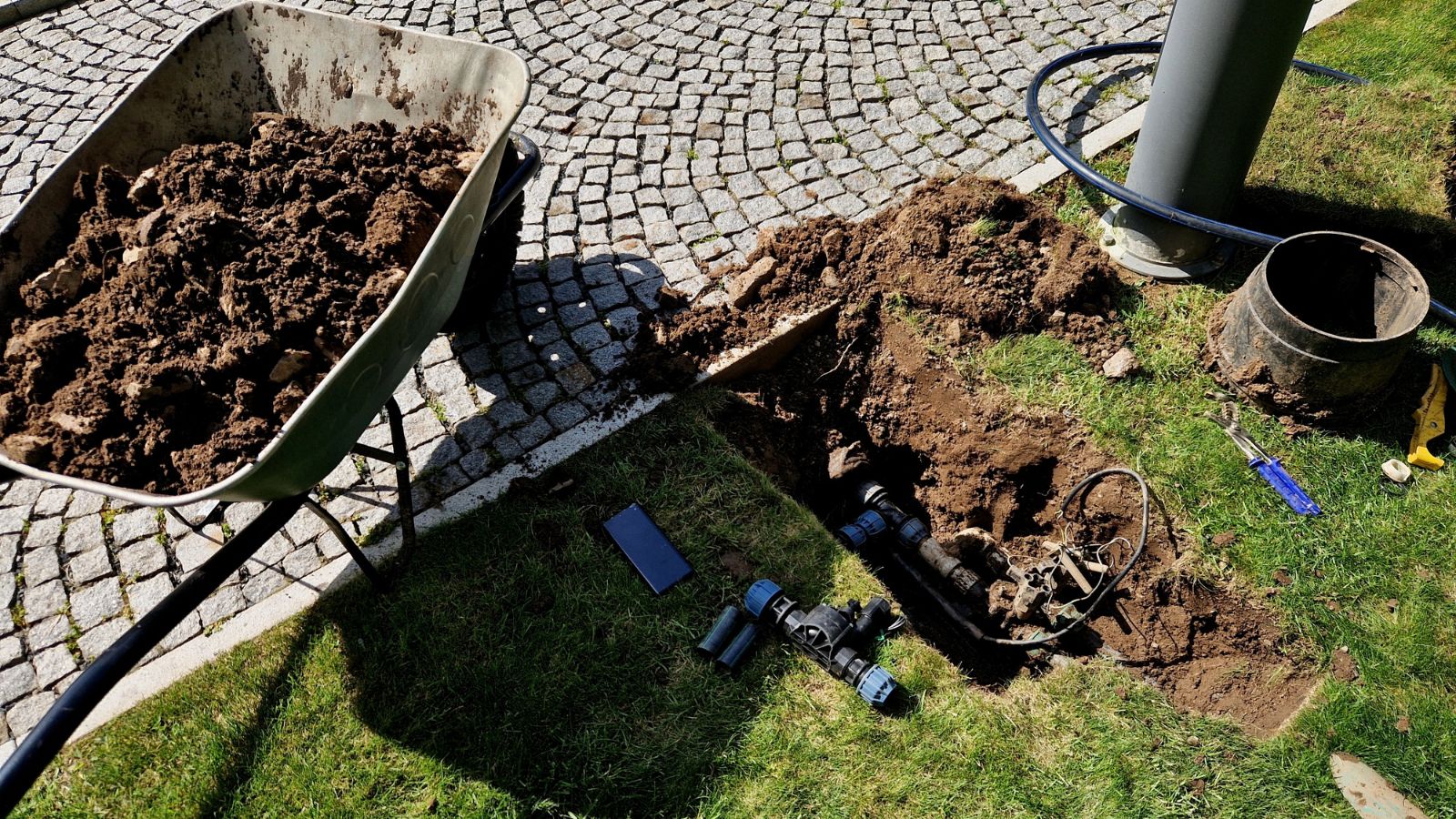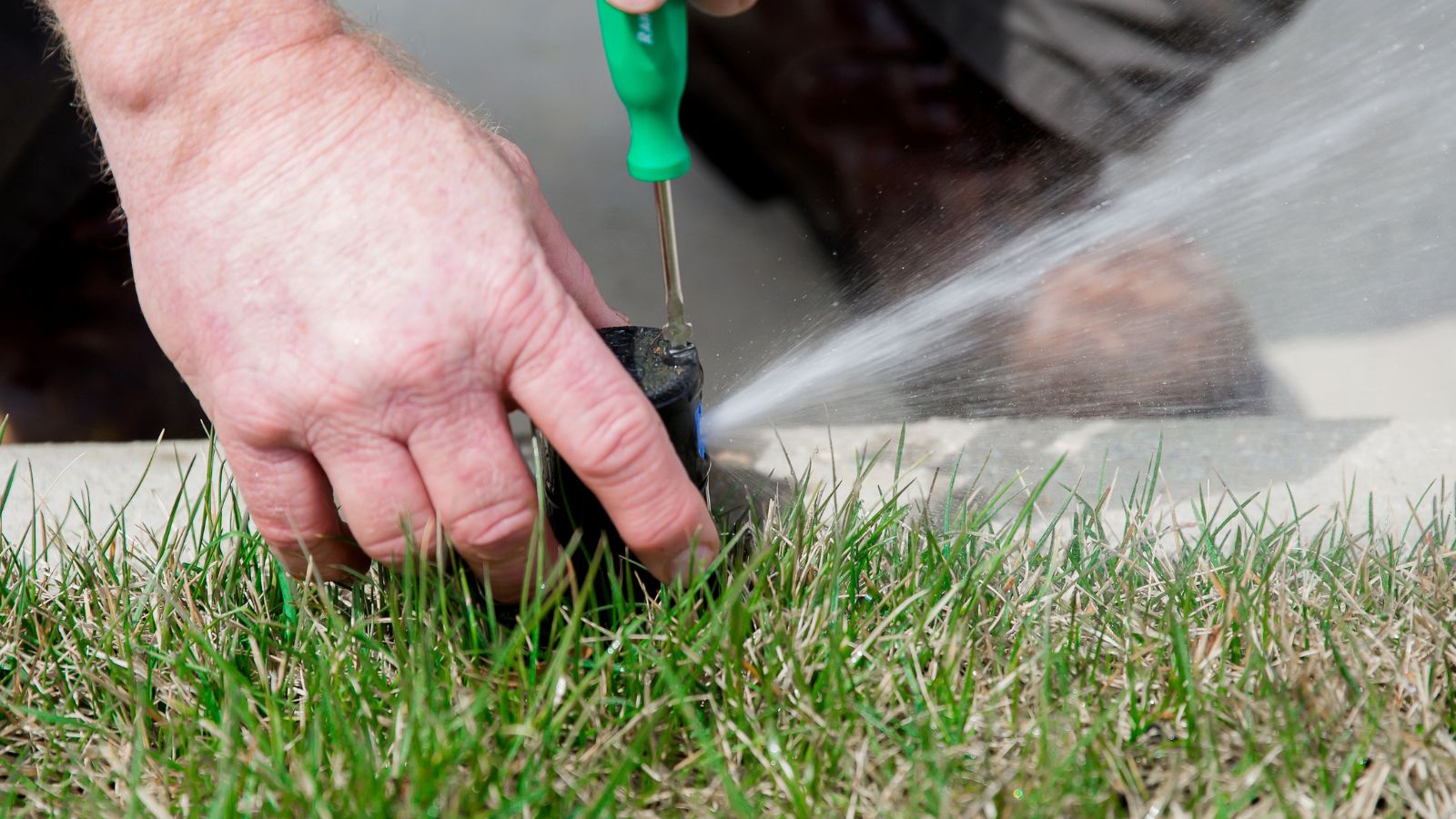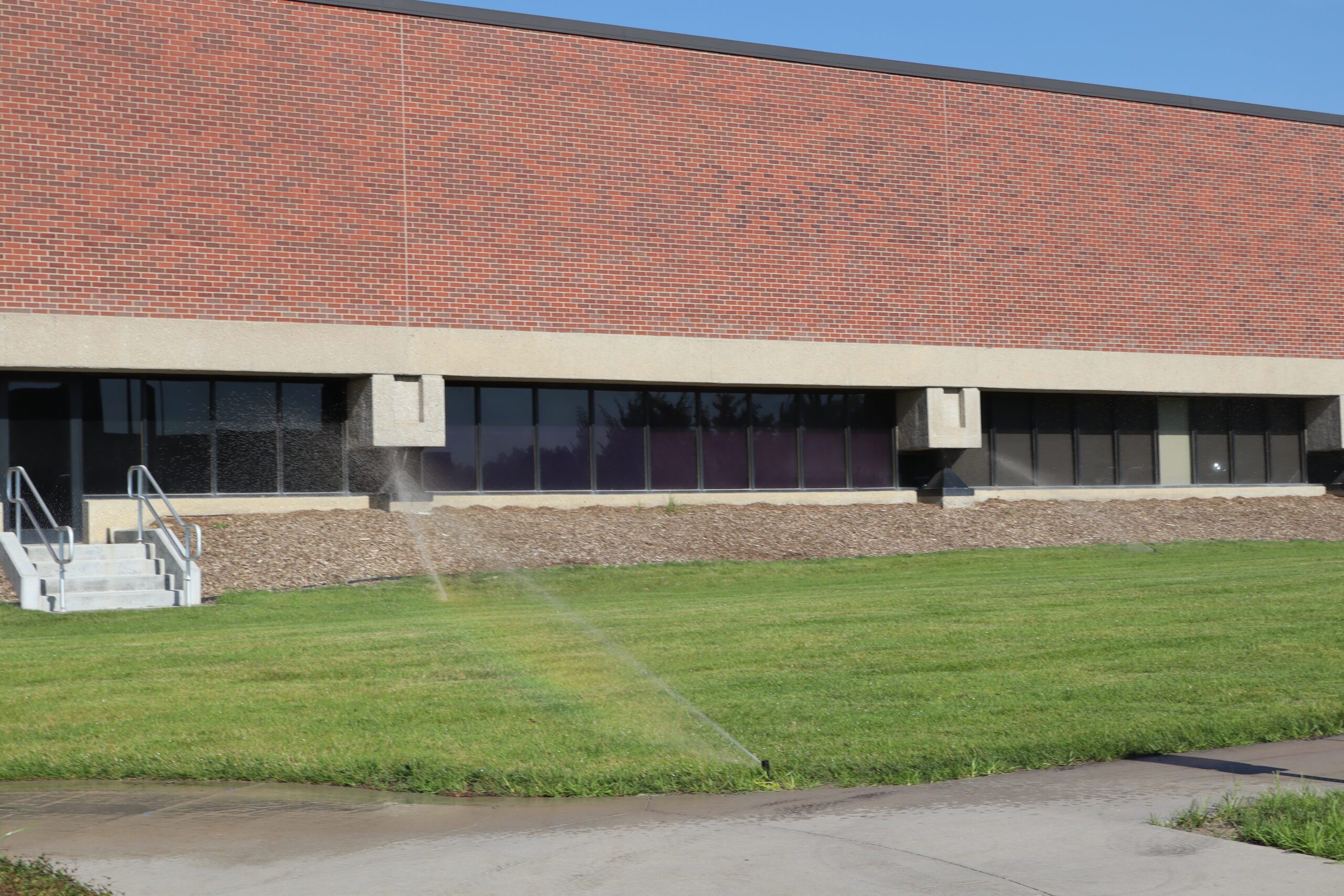Winter may bring beautiful snowy landscapes, but it can be a nightmare for your sprinkler system if it’s not properly prepared. When temperatures drop below freezing, any remaining water in your system can freeze and expand, causing significant damage to pipes, valves, and sprinkler heads. This could lead to costly repairs and frustration when you’re ready to use your system again in the spring. The good news? You can dodge all that trouble with a straightforward sprinkler winterization process. Here’s what you need to know to keep your system safe and sound through the cold months.
How to Winterize Your Sprinkler System: A Step-by-Step Guide
Why Preparing Your Sprinkler System For The Cold Is Essential
Most of us enjoy the beauty of winter. However, freezing temperatures are the enemy of an unprotected sprinkler system. If you forgot to winterize, you may be in for a rude awakening when everything thaws out in spring. When the remaining water in the pipes freezes, you can expect to navigate system repairs for:
- Blown pipes
- Valves
- Broken sprinkler heads
This comes with a massive headache. Spending a little time winterizing the system before the first freeze can save you all this hassle.
Winterizing the Sprinkler System: Step-by-Step Instructions
Step #1 – Checking for Leaks and Damage Before Winter Sets In
Before winterizing the system, it’s time for a quick inspection to see if everything is in tip-top working order. Prepare for the approaching cold weather by:
- Checking the sprinkler heads for damage and function
- Fix any leaks
- Repair damaged components
No one likes running to the hardware store when it’s freezing outside.
Step #2 – Draining the System: Manual vs. Automatic Methods
First, shut off the water supply at the main valve. Next, you will drain all the water from the system. You may have an automatic or manual draining system. The method of draining depends on the type of irrigation system you have.
Automatic drains are the best and a huge timesaver- with less that can go wrong. You turn a valve, and the system drains the water itself.
Manual systems may require draining the main shut-off valve to stop water flow to the system’s water lines. This will dry things out. It takes time, but it’s relatively simple.
Step #3 – Blowing Out the Sprinkler Lines: Safety Tips and Techniques
Next, it’s time to get the rest of the water out of the lines. Consider hiring a professional for this step. Linking an air compressor into the system and blasting compressed air through it can damage components. The pros have plenty of experience with doing it the right way.
Step #4 – Protecting Above-Ground Components from Freezing
If you have above-ground sprinkler heads, make sure they’re dry or pack them away for the winter. If you have in-ground sprinklers, ensure they’re flush to the ground and operating correctly.
Leaving above-ground components exposed increases the chance of cracks and leaks once the ice sets in. Using protective covers for these parts provides an extra layer of defense against Omaha’s severe winter weather.
Step #5 – Insulating Valves and Backflow Preventers
Your backflow preventer and valves are especially vulnerable. Wrap them with insulation tape or specialized covers to prevent cracking during cold snaps.
Since backflow preventers are designed to keep drinking water safe, protecting them is a top priority. A burst preventer can not only damage your irrigation system but also affect your home’s water supply. Irrigation professionals recommend checking insulation throughout the season to make sure it stays in place.
Step #6 – Prepare Your Sprinkler Timer for the Off-Season
Turn off the sprinkler timer and rain mode sensor.
In Omaha’s cold months, leaving the timer active only wastes energy and may confuse the system when it’s not in use.
Some timers also have a “rain mode” that prevents the system from accidentally running during winter. Switching this off and unplugging the unit can prolong the life of your sprinkler controller, saving you from unnecessary repairs later.
Signs That Your Sprinkler System Needs A Professional
Sometimes DIY winterization isn’t enough. Call a professional if you notice:
- Persistent leaks
- Inconsistent water pressure
- Unfamiliar with blowout procedures
- A large commercial sprinkler system that requires specialized care
Working with Omaha irrigation professionals ensures your sprinkler system is protected from Nebraska’s harsh winters.
Pioneer Underground Lawn Sprinklers | Sprinkler System Repairs and Maintenance Omaha, NE
Protect your investment this season with professional sprinkler winterization Omaha homeowners and businesses rely on. Pioneer Underground Lawn Sprinklers provides comprehensive irrigation services, from sprinkler line blowouts to lawn sprinkler repair in Omaha.
Contact us today to schedule your winterization service and keep your system safe all winter long. We proudly serve both residential and commercial clients across Omaha. Your healthy lawn starts with proper preparation, and we’re only a phone call away.






